Sukhothai Thailand: A Guide to the Ancient City
- Wendy

- Nov 12, 2024
- 4 min read
Updated: Jan 20
Sukhothai, Thailand, is a captivating destination that takes you back in time to the glorious days of the first Siamese Kingdom. This UNESCO World Heritage site is a treasure trove of ancient temples, monuments, and historical parks, offering a glimpse into Thailand's rich cultural heritage. In this comprehensive guide, we'll delve into everything you need to know about Sukhothai, from its fascinating history and must-see attractions to practical tips for planning your trip.

What is Sukhothai Famous For?
Sukhothai is renowned for its stunning historical park, a sprawling complex that houses the remnants of the ancient city. The park is dotted with impressive temples, intricately carved Buddha statues, and serene lotus ponds, creating a truly magical atmosphere. Sukhothai is also known for its laid-back vibe, making it an ideal destination for those seeking a peaceful escape from the hustle and bustle of modern life.
History of Sukhothai
Sukhothai, meaning "Dawn of Happiness," was established in the 13th century as the first capital of the Siamese Kingdom. King Ramkhamhaeng, a revered figure in Thai history, led Sukhothai to its golden age, expanding its territory and promoting Theravada Buddhism as the state religion. The kingdom flourished for about two centuries before eventually being absorbed by the Ayutthaya Kingdom.
Sukhothai Historical Park, Thailand
The Sukhothai period is considered a pivotal era in Thai history, marked by significant advancements in art, architecture, and language. The distinctive Sukhothai style of Buddha images, characterized by their elegant elongated features and graceful poses, is still admired and replicated today.
How Many Days Do You Need for Sukhothai?
To fully appreciate the historical and cultural richness of Sukhothai, it's recommended to spend at least two full days exploring the area. This will allow you ample time to visit the main historical park, venture out to the surrounding temples, and soak in the tranquil atmosphere of this ancient city.
When is the Best Period to Visit Sukhothai?
The best time to visit Sukhothai is during the cool and dry season, from November to February. During this period, the weather is pleasant with comfortable temperatures and minimal rainfall, making it ideal for outdoor activities and sightseeing.

How to Get to Sukhothai
There are several ways to reach Sukhothai from Bangkok:
By Plane: The fastest option is to take a direct flight from Bangkok to Sukhothai Airport (THS), which takes approximately 1 hour. From the airport, you can take a taxi or songthaew (a shared taxi) to the city center.
By Train: You can take an overnight train from Bangkok's Hua Lamphong Railway Station to Phitsanulok, and then take a bus to Sukhothai. This option is more budget-friendly but takes longer.
By Bus: Several bus companies operate daily services from Bangkok's Mo Chit Bus Terminal to Sukhothai. The journey takes around 6-7 hours.
Traveling from Sukhothai to Bangkok: You can use the same transportation options mentioned above for your return journey to Bangkok.
What Does Sukhothai Mean?
The name Sukhothai translates to "Dawn of Happiness" in the Thai language. This aptly reflects the period of peace and prosperity that the kingdom experienced during its golden age.
A Funny Fact About Sukhothai
Did you know that Sukhothai is home to the world's first alphabet? King Ramkhamhaeng is credited with creating the Thai alphabet in 1283, adapting it from the ancient Khmer script. This innovation played a crucial role in the development of Thai literature and culture.
Exploring the Sukhothai Historical Park
The Sukhothai Historical Park is the heart and soul of Sukhothai. This UNESCO World Heritage site encompasses the ruins of the ancient city, including numerous temples, palaces, and monuments. Some of the must-see attractions within the park include:
Wat Mahathat: The largest and most impressive temple in the park, Wat Mahathat features a towering central prang (tower) surrounded by smaller chedis and Buddha images.
Wat Si Chum: This temple is famous for its massive seated Buddha image, known as Phra Achana, which is enclosed within a mondop (shrine).
Wat Traphang Ngoen: Situated on an island in a lotus pond, this picturesque temple offers stunning reflections of its chedis and Buddha images.
Tips for Visiting the Historical Park Sukhothai:
Rent a bicycle: The park is quite extensive, so renting a bicycle is the best way to explore it at your own pace.
Dress modestly: As with all temples in Thailand, it's important to dress respectfully, covering your shoulders and knees.
Go early in the morning or late in the afternoon: To avoid the midday heat and crowds, visit the park during the cooler hours of the day.

Beyond the Historical Park: Other Temples to Explore
While the historical park is the main attraction, there are several other noteworthy temples located outside the park walls:
Wat Si Sawai: This temple features three impressive Khmer-style prangs (towers) and is believed to have predate the Sukhothai Kingdom.
Wat Phra Pai Luang: Another pre-Sukhothai temple, Wat Phra Pai Luang showcases a blend of Khmer and Sukhothai architectural styles.
Wat Saphan Hin: Perched on a hilltop, this temple offers panoramic views of the surrounding countryside and is known for its standing Buddha image.
The Cuisine of Sukhothai
Sukhothai offers a delightful culinary experience, with its cuisine influenced by both central Thai and northern Thai flavors. Some of the local specialties you should try include:
Sukhothai Noodles: This signature dish features thin rice noodles stir-fried with pork, vegetables, and a tangy tamarind sauce.
Khao Soi: A creamy coconut curry noodle soup, often made with chicken or beef.
Sai Ua: A northern Thai sausage made with minced pork, herbs, and spices.
Where to Stay in Sukhothai
Sukhothai offers a range of accommodation options to suit different budgets and preferences. You can find guesthouses, boutique hotels, and resorts both within the city center and near the historical park.
Tips for Planning Your Trip to Sukhothai
Learn some basic Thai phrases: While English is spoken in tourist areas, knowing a few Thai phrases will enhance your experience and interactions with locals.
Bargain respectfully: When shopping at local markets, don't be afraid to negotiate prices politely.
Respect local customs: Thailand is a predominantly Buddhist country, so be mindful of religious traditions and dress modestly when visiting temples.
Our Conclusion
Sukhothai is a truly enchanting destination that offers a captivating blend of history, culture, and natural beauty. Whether you're exploring the ancient temples, cycling through the picturesque countryside, or savoring the local cuisine, Sukhothai is sure to leave a lasting impression on your heart and mind.



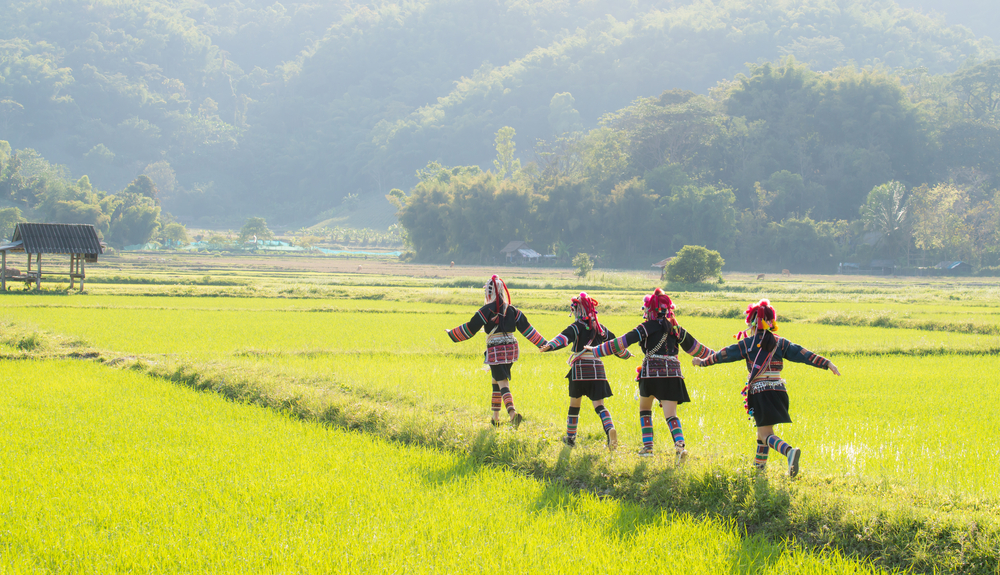
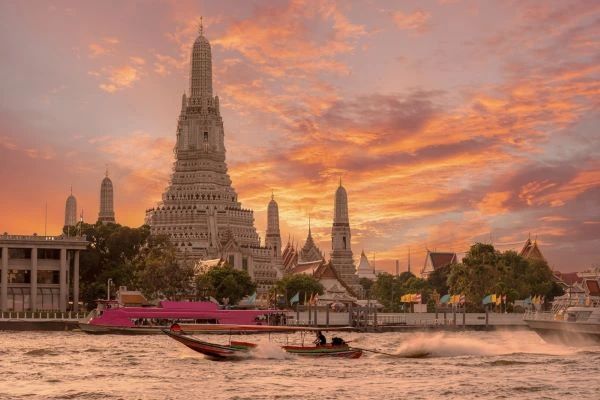
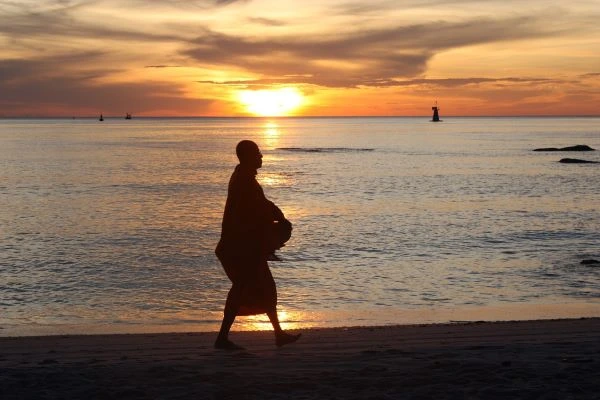

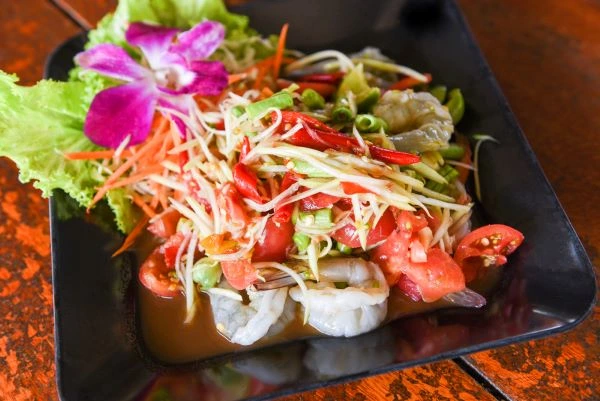
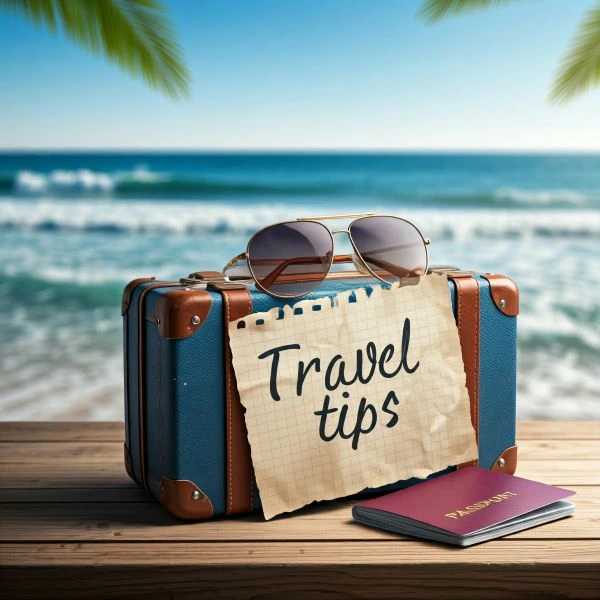
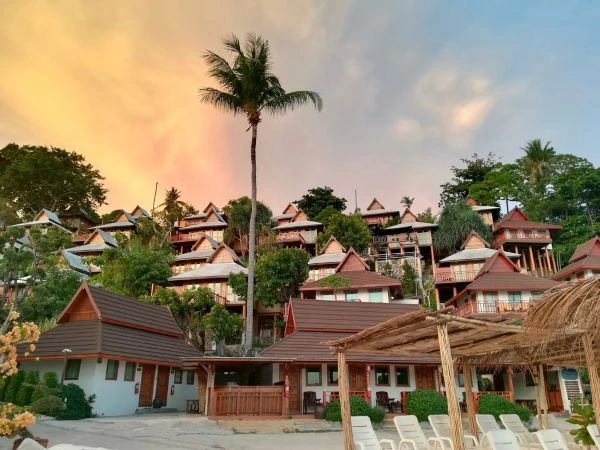
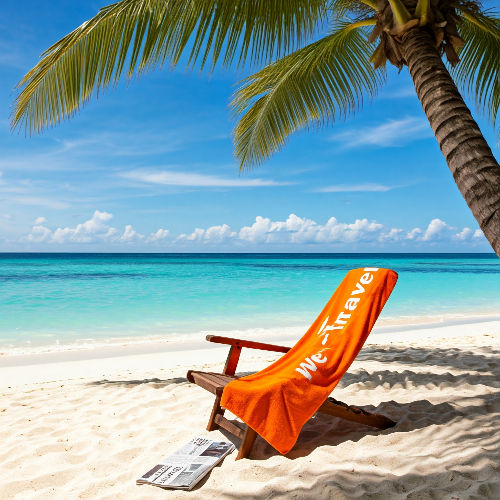




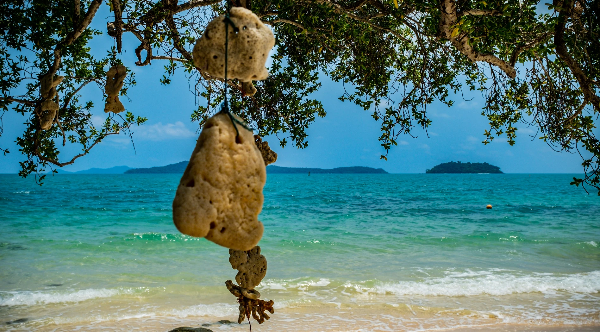






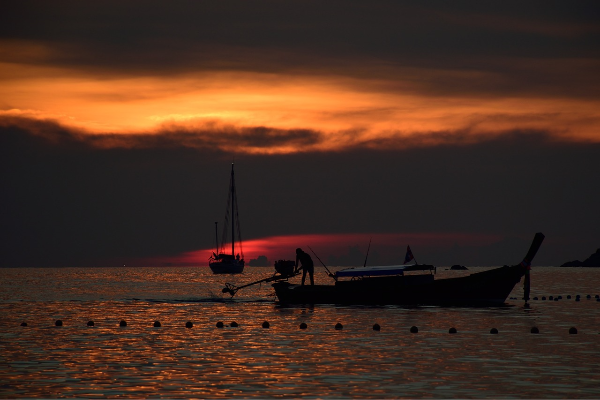
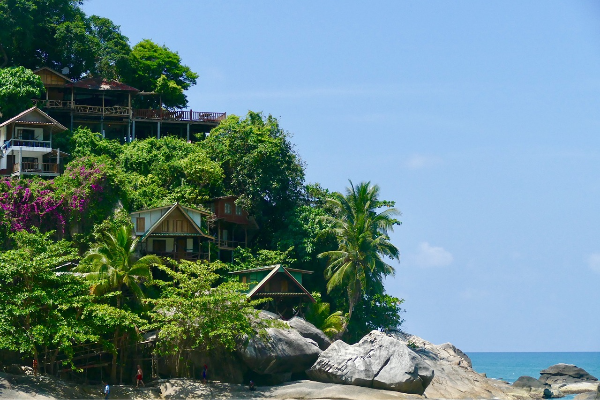














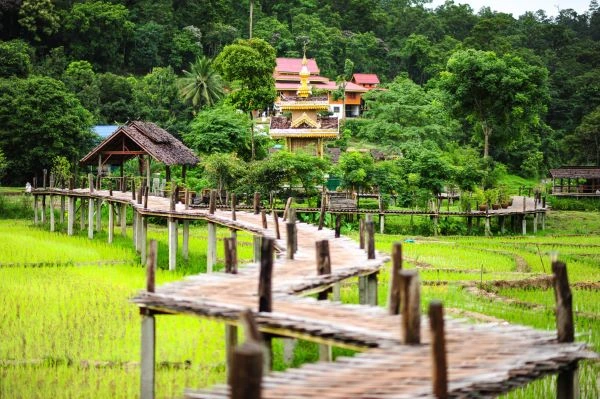
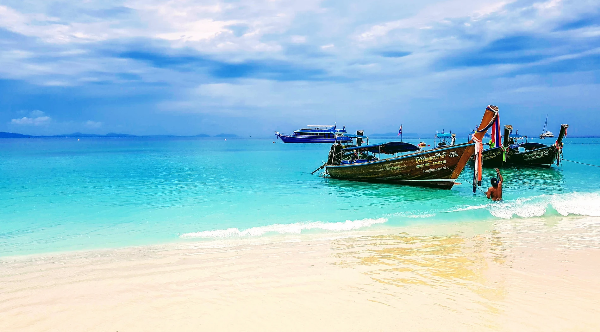


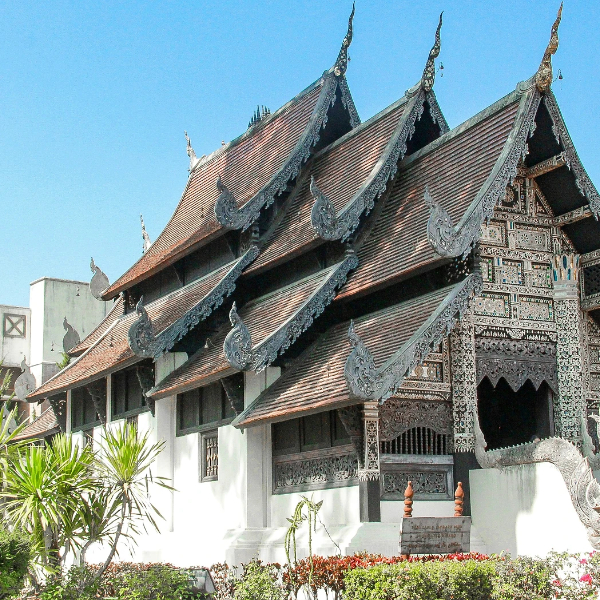
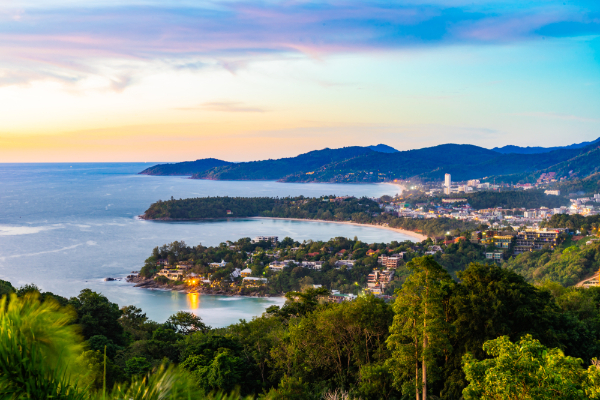




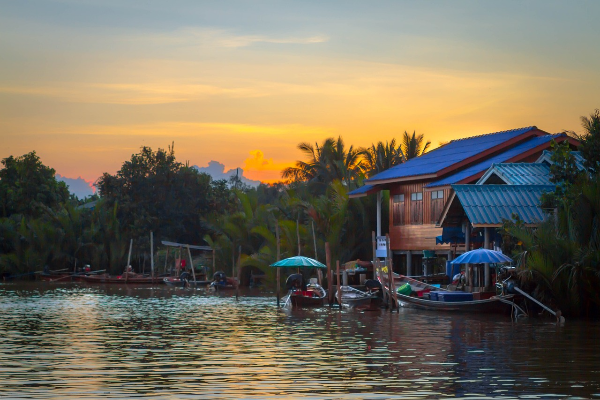


Comments